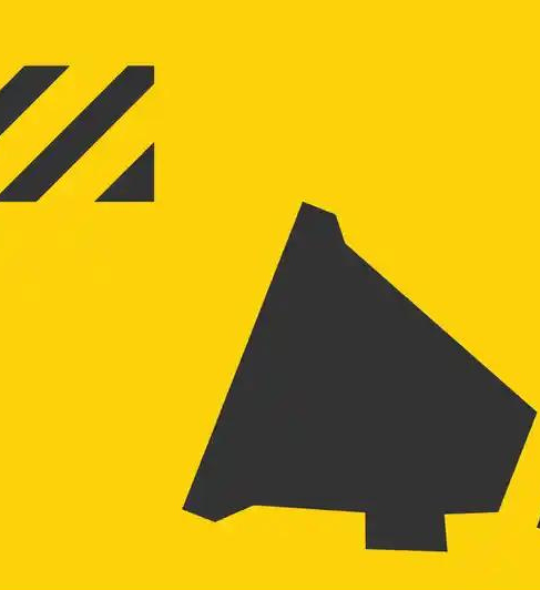
This article discusses the changes to the IESO’s capacity auction and what that means going into 2021.
On Friday (August 28th), the IESO announced changes to the province’s first ever Capacity Auction. Due to the ongoing supply and demand disruptions caused by COVID-19, the system operator has decided there will be no capacity auctioned for the 2021-2022 winter period.
Uncertainty due to COVID-19 has already led the IESO to postpone its scheduled June 2020 Capacity Auction until later in the year. Currently, the capacity auction will take place on December 2nd, 2020 – and will see the following changes implemented.
Firstly, the IESO has announced that its capacity auction target for Summer 2021 (May to October) will be 700MW in order to help mitigate against demand side volatility due to COVID-19: 2020 saw the first (and second) ever emergency demand response events. Moreover, as shown in the IESO’s Forecasting and Planning Update, capacity needs in the summer period are forecast to grow over the next number of years.
The IESO has also announced that there will be no capacity auctioned for the Winter 2021 period (November 2021 to April 2022), due to lower seasonal demand and because capacity surpluses are forecast for the next couple years.
EnPowered’s Analysis
The IESO’s decision to forgo auctioning winter capacity is understandable given the fact that demand is historically lower during that season, nor has there ever been a demand response emergency called during winter. Consequently, the IESO does not want to pay for capacity that it does not need.
Financial burdens incurred due to COVID-19 are also informing the IESO’s decision, as past average winter availability payments amount to $26,298 per MW. A quick calculation based on auctioned capacity for the 2020-2021 winter period (919.3MW) shows that forgoing winter capacity saves the IESO more than $24.1 million.
“The IESO’s decision to drop the call for capacity for the Winter 2021/2022 obligation period is understandable from a cost savings perspective but not exactly from a grid reliability standpoint.”
While the IESO’s bottom line benefits from this decision, this move does (slightly) hinder demand side investment: hollowing out the ICI and demand response (DR) programs on such short notice does make things harder for businesses.
James Roth, Prodcut Marketing Associate at EnPowered explains that COVID-19 has brought with it lots of uncertainty regarding grid requirements, which “may lead [the IESO] to believe it would be important to have a diverse set of tools that it can call upon in the event of an emergency.
Dropping the call for capacity removes mechanisms like Demand Response resources from the IESO’s tool belt; tools which proved their value during July 2020 when the operator called two emergency events.”



